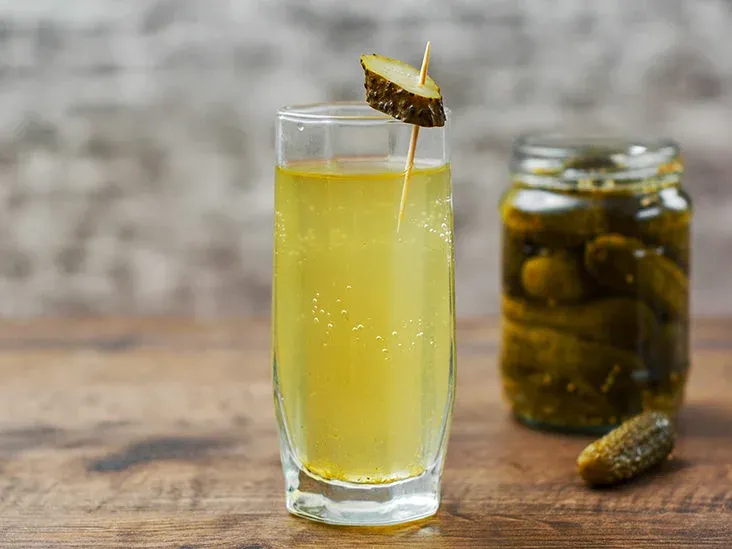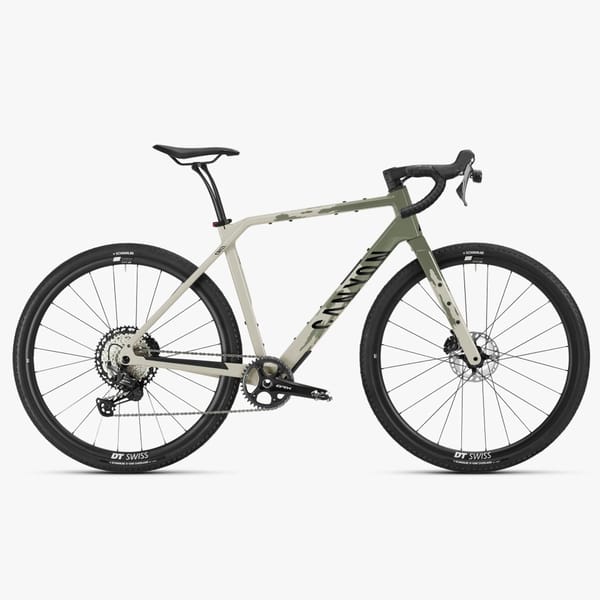Exercise-Associated Cramping and Gusto Facial Reflex: How to Prevent and Ease Cramping

Cramping can be a painful and frustrating experience, especially for athletes and active individuals. Exercise-associated cramping (EAMC) is a common condition that can occur during or after physical activity, often in the legs, but also in other muscles throughout the body. While the exact causes of EAMC are still unclear, there are several theories and strategies to prevent and ease this condition.
Gusto Facial Reflex for EAMC Relief
One of the newest techniques gaining popularity for EAMC relief is called the Gusto Facial Reflex (GFR). This method involves massaging the face in specific areas to stimulate the nervous system and improve muscle function. According to some studies, GFR may be effective in reducing the duration and intensity of EAMC, making it a promising option for athletes and active individuals. If you experience cramping during exercise, consider consulting with a trained practitioner to learn more about GFR and its potential benefits.
Pickle Juice and Spicy Foods for Easing Cramping
In addition to GFR, there are some more traditional remedies that may help ease cramping, including pickle juice and spicy foods. While the mechanisms behind these remedies are not yet fully understood, some research suggests that they may help alleviate EAMC by promoting hydration and electrolyte balance.
Pickle juice, in particular, has gained attention for its potential to reduce muscle cramps. It contains high levels of sodium and vinegar, which may help stimulate the nervous system and reduce cramping. In a study published in the Journal of Athletic Training, researchers found that participants who drank pickle juice had significantly less cramping than those who drank water or no fluid at all. The researchers suggest that the high sodium content in pickle juice may help replace sodium lost during exercise and improve muscle function.
Spicy foods, on the other hand, may promote sweating and increase fluid intake, which can help prevent dehydration and electrolyte imbalances. Some research suggests that capsaicin, the compound responsible for the heat in spicy foods, may also have anti-inflammatory and analgesic properties, which could help reduce muscle pain and cramping. However, more research is needed to fully understand the potential benefits of spicy foods for EAMC.
Preventing EAMC
While there is no guaranteed way to prevent EAMC, there are some strategies that may help reduce your risk of developing this condition. These include:
- Staying hydrated before, during, and after exercise
- Eating a balanced diet with adequate electrolytes
- Stretching before and after exercise
- Gradually increasing the intensity and duration of your workouts
- Listening to your body and resting when necessary
In conclusion, exercise-associated cramping can be a frustrating and painful experience for athletes and active individuals. However, there are several techniques and remedies that may help prevent and ease this condition. From Gusto Facial Reflex to pickle juice and spicy foods, these options offer promising ways to alleviate EAMC and improve your performance and recovery.





